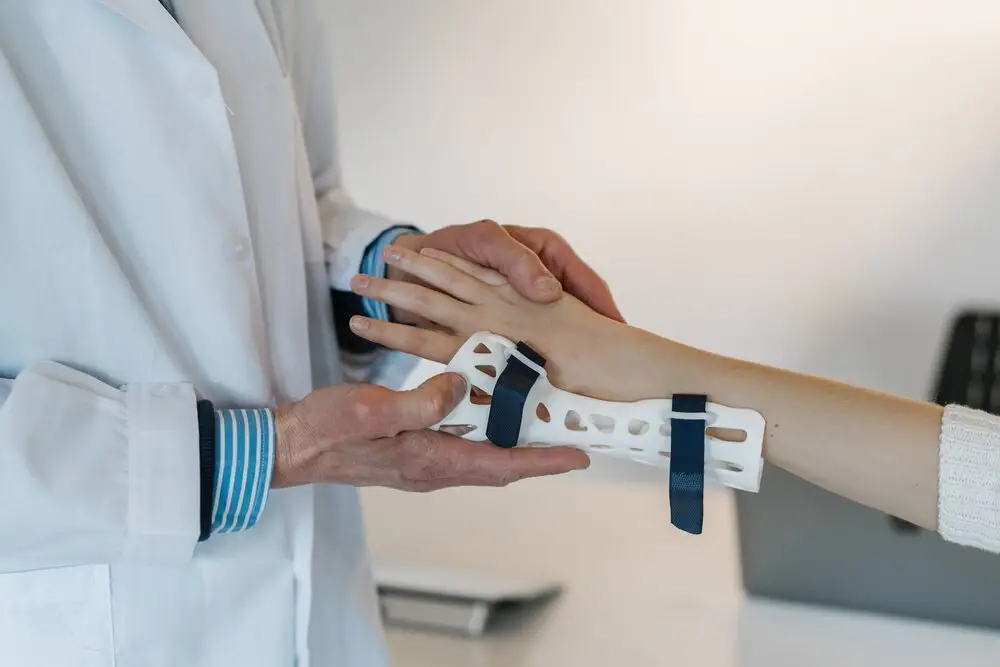Carpal Tunnel Syndrome (CTS) is a common condition that affects the hand and wrist which can cause pain, numbness, and weakness.
It occurs when the median nerve, which runs through the carpal tunnel in the wrist, becomes compressed or irritated.


People often think surgical intervention is the only necessary step; however, research shows significant improvement with conservative treatment. So lets explore how physiotherapy can assist with Carpal Tunnel Syndrome (CTS) and discuss the outcomes of conservative management.
Understanding Carpal Tunnel Syndrome: Before diving into the role of physiotherapy, let’s briefly understand CTS. It is often caused by repetitive hand and wrist movements, such as typing, using vibrating tools, or playing musical instruments. Other factors, including hormonal changes, arthritis, and obesity, can also contribute to its development.
Physiotherapy and CTS: Physiotherapy plays a vital role in the conservative management of CTS, aiming to reduce pain, improve hand and wrist function, and prevent further deterioration. Here are some ways physiotherapy can assist:
1. Therapeutic Exercises: Physiotherapists can design customized exercise programs to strengthen and stretch the muscles and tendons in the hand, wrist, and forearm. These exercises help improve flexibility, reduce muscle imbalances, and promote healing.
2. Manual Therapy: Hands-on techniques, such as joint mobilizations, soft tissue mobilization, and massage, can help alleviate pain, reduce inflammation, and improve joint mobility in the affected area.
3. Ergonomic Assessment: A physiotherapist can evaluate your workplace or daily activities and suggest modifications to improve ergonomics. This may include adjusting your desk height, chair position, or recommending ergonomic tools to reduce strain on your wrists and hands.


4. Nerve Gliding Exercises: Physiotherapists can guide you through specific exercises that involve gentle and controlled movements of the wrist and fingers. These exercises help mobilize the median nerve, reduce compression, and alleviate symptoms.
5. Splinting: Physiotherapists may recommend wearing a wrist brace, particularly during activities that worsen symptoms or at night. The splint immobilises the wrist in a neutral position, relieving pressure on the median nerve and promoting healing.


Physiotherapy plays a crucial role in the conservative management of Carpal Tunnel Syndrome. By utilizing all the different modalities mentioned above, we can prevent Carpal Tunnel Syndrome from worsening and treat the condition to allow you to live your life pain-free.
If you are looking to get on top of your carpal tunnel syndrome, so you can live your life with no restrictions, our friendly team and expert physiotherapists are here to help support you.





